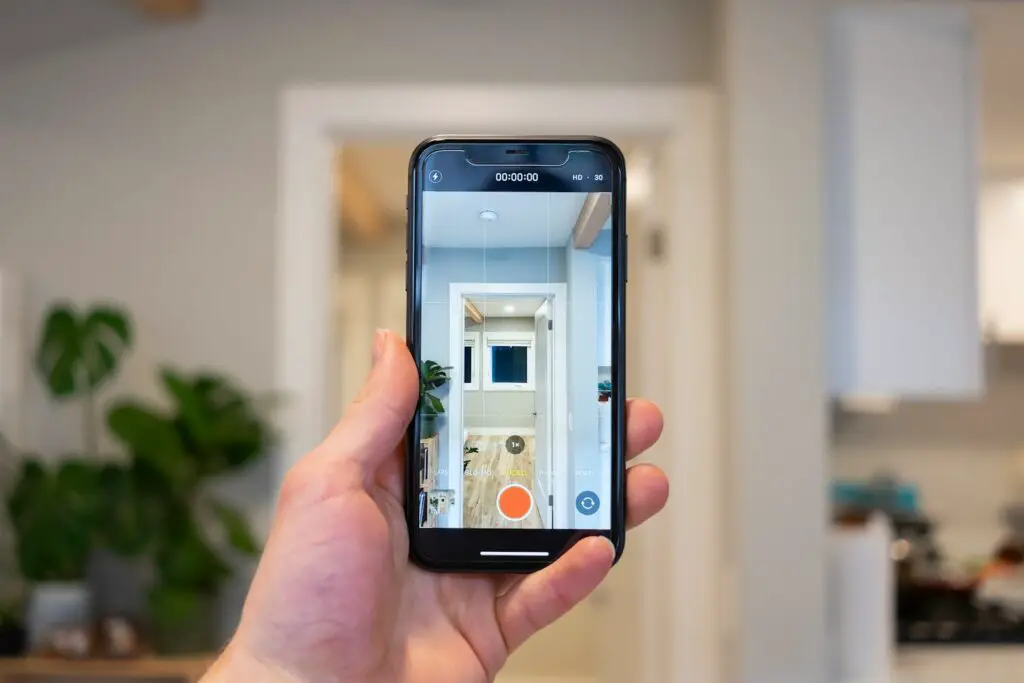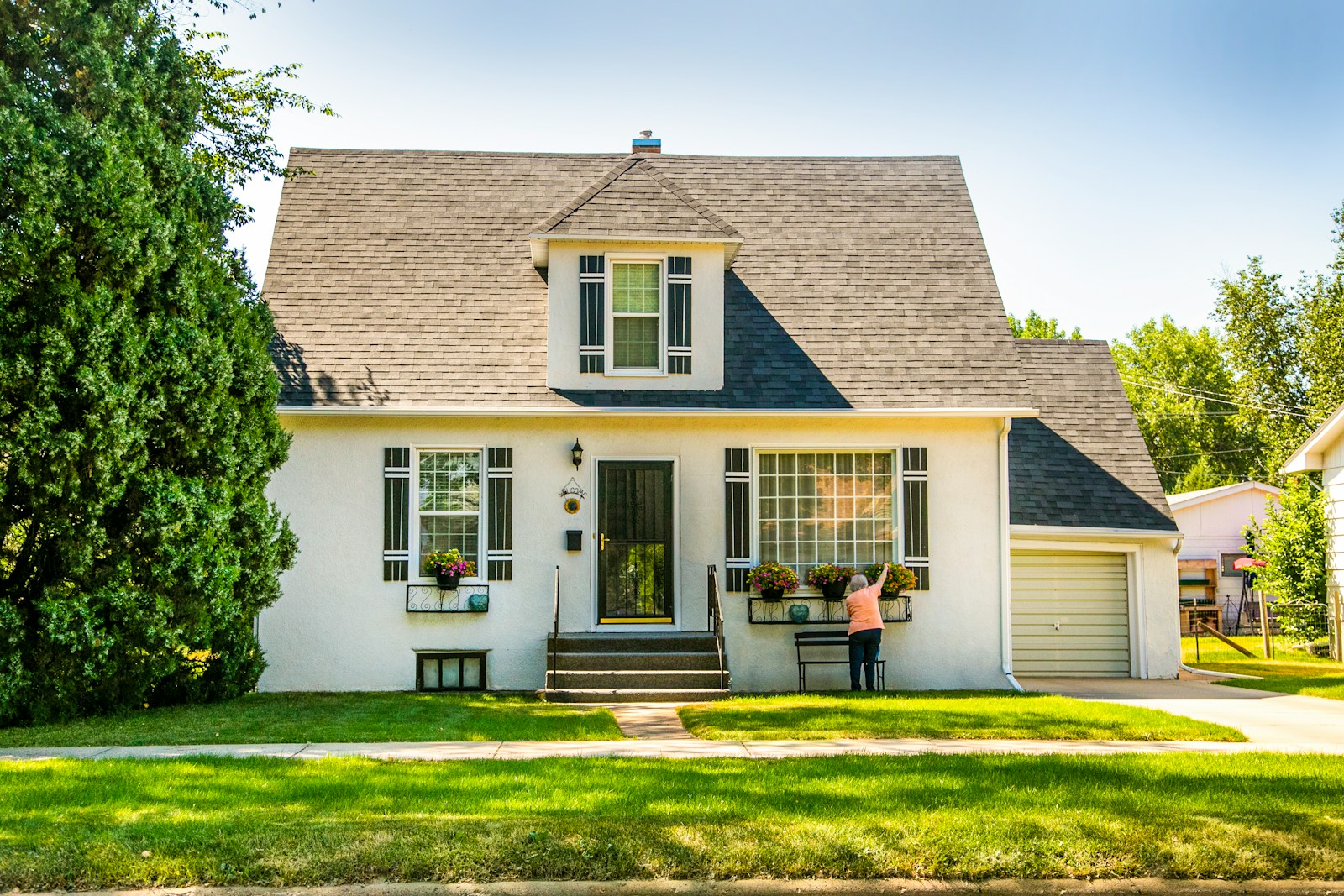Are you passionate about both photography and real estate? Do you dream of capturing beautiful properties and showcasing their true potential? If so, you might be considering a career as a real estate photographer.
In this article, we will explore the steps and skills required to become a real estate photographer. From understanding the art of composition to mastering the technical aspects of photography, we will guide you on your journey into this exciting and visually captivating field.
So, let’s dive in and discover how you can turn your passion for photography into a thriving business as a real estate photographer.

Why Real Estate Photography Matters
Impressions Matter
First impressions are everything when it comes to selling or renting a property. High-quality real estate photography allows you to make a lasting impression on potential buyers at first glance.
With attention-grabbing visuals, you can highlight the unique selling points of a property and draw in more potential buyers.
Whether it’s the luxurious interiors, stunning architecture, or breathtaking views, impressive real estate photography can create an emotional connection and generate more interest in a property.
Importance in Real Estate Marketing
Real estate photography plays a vital role in the overall marketing strategy of a property. By showcasing professional images on your website, social media platforms, and online listings, you can attract a larger audience and generate more leads.
The ability to visually represent a property in the best possible way adds value to your marketing efforts and increases the chances of potential buyers taking the next step.
Growing Demand for High-quality Property Images
As the real estate market continues to evolve, the demand for high-quality property images is on the rise. Buyers are increasingly relying on visual content to assess properties before making a physical visit.
By providing them with clear, detailed, and visually appealing images, you can save both their time and yours. With the growing competition in the real estate industry, investing in professional real estate photography is becoming a necessity to stay ahead in the market and attract serious buyers.
Developing Your Photography Skills
Mastering Composition And Framing
In real estate photography, composition and framing play a crucial role in creating visually appealing photos that attract potential buyers. Here are a few tips to help you master this aspect:
- Focus on the main subject: When photographing a property, identify the main subject or feature that you want to highlight. It could be a stunning living room, a beautiful garden, or an elegant staircase. Position yourself in a way that puts the main subject in focus and use the surrounding elements to enhance its visual impact.
- Follow the rule of thirds: The rule of thirds is a fundamental principle in photography. Imagine a 3×3 grid on your viewfinder or camera screen and position the key elements of your composition along these gridlines. This technique creates a sense of balance and visual interest in your photos.
- Use leading lines: Leading lines are great for guiding the viewer’s eyes through the image and creating a sense of depth. Look for natural lines within the property such as hallways, staircases, or even the edges of furniture, and use them to lead the viewer’s gaze to the main subject.
Understanding Lighting Techniques
Lighting is another crucial aspect of real estate photography. The right lighting can enhance the mood, highlight the property’s best features, and create a sense of spaciousness. Consider the following lighting techniques:
- Natural light: Utilize natural light as much as possible. Open curtains, blinds, and windows to let in the natural sunlight. However, be mindful of harsh shadows and adjust your position or use reflectors to balance the lighting.
- Artificial lighting: When natural light is insufficient or uneven, introduce artificial lighting. Use a combination of different types of lights such as ambient lighting, strobes, or flash units to create a well-lit and inviting atmosphere.
- Lighting direction: Experiment with different lighting directions to achieve different effects. Front lighting can evenly illuminate the scene, while side or back lighting can add depth and dimension to the composition.
Choosing the Right Equipment
Having the right equipment is essential for real estate photography. Here are some factors to consider when selecting your gear:
- Wide-angle lens: A wide-angle lens allows you to capture more of the space and showcase the property’s size and layout. Look for lenses with focal lengths between 12mm and 24mm for optimal results.
- Tripod: Investing in a sturdy tripod is a must for real estate photography. It helps keep your camera steady, eliminates blur, and allows for longer exposure times, especially in low light conditions.
- Remote shutter release: Using a remote shutter release eliminates any camera shake caused by manually pressing the shutter button. This ensures sharp and professional-looking images.
- Image editing software: After capturing photos, post-processing is essential to enhance the images. Invest in reliable image editing software like Adobe Lightroom or Capture One Pro to fine-tune the exposure, color, and overall appearance of your photos.
Building a Successful Real Estate Photography Business
Building a successful real estate photography business requires a combination of creativity, technical skills, and effective business strategies. In this section, we will explore three key aspects to consider when establishing and growing your real estate photography business: creating a portfolio, implementing effective marketing strategies, and establishing strong client relationships.

Creating a Portfolio
One of the most crucial steps to becoming a successful real estate photographer is creating a portfolio that showcases your talent and expertise. A well-curated portfolio will not only attract potential clients but also demonstrate your unique style and ability to capture the essence of a property.
Here are some key tips to creating a captivating portfolio:
- Select your best work: Choose a diverse range of images that highlight your technical skills, attention to detail, and ability to showcase a property in the best possible light.
- Use high-quality images: Invest in high-quality camera gear and editing software to ensure your images are sharp, well-lit, and visually appealing.
- Showcase different property types: Include a variety of property types such as residential homes, commercial spaces, and vacation rentals to demonstrate your versatility.
- Highlight your unique style: Develop a signature style that sets you apart from other real estate photographers. Whether it’s a preference for natural lighting or a specific editing technique, make sure your style shines through in your portfolio.
Effective Marketing Strategies
Implementing effective marketing strategies is essential to establish your presence in the real estate photography industry and attract potential clients. Here are some strategies to consider:
- Develop a professional website: Create a visually appealing website that showcases your portfolio, provides information about your services, and includes a contact form for potential clients to reach out to you.
- Optimize your website for search engines: Implement SEO techniques such as keyword research, meta tags, and image optimization to improve your website’s visibility in search engine results.
- Utilize social media platforms: Leverage popular social media platforms such as Instagram, Facebook, and LinkedIn to showcase your work, engage with potential clients, and build a strong online presence.
- Collaborate with real estate agents: Build relationships with local real estate agents by offering your services for their property listings. This can lead to referrals and word-of-mouth recommendations.
Establishing Client Relationships
Last but not least, building strong client relationships is crucial for the long-term success of your real estate photography business. Here are some tips to establish rapport and foster lasting connections with your clients:
- Provide exceptional customer service: Always strive to go above and beyond to meet and exceed your clients’ expectations. Respond promptly to inquiries, deliver projects on time, and maintain open lines of communication throughout the process.
- Offer competitive pricing and packages: Research the local market and set competitive rates for your services. Additionally, consider offering different packages to cater to varying client needs and budgets.
- Request client testimonials: Ask satisfied clients to provide testimonials that you can showcase on your website and social media platforms. Positive reviews can help build trust and credibility with potential clients.
- Seek feedback and continuously improve: Regularly ask your clients for feedback on your work and services. Use their feedback to identify areas for improvement and continuously refine your skills.
Final Words
Becoming a real estate photographer requires a combination of technical skills, knowledge of the industry, and a passion for capturing the essence of properties. By following the steps outlined in this guide and continually honing your craft, you can position yourself for success in this lucrative field.
Remember to build a strong portfolio, develop relationships with real estate professionals, and stay up-to-date with the latest trends to stand out in a competitive market. With hard work and dedication, you can turn your love for photography into a rewarding career as a real estate photographer.
